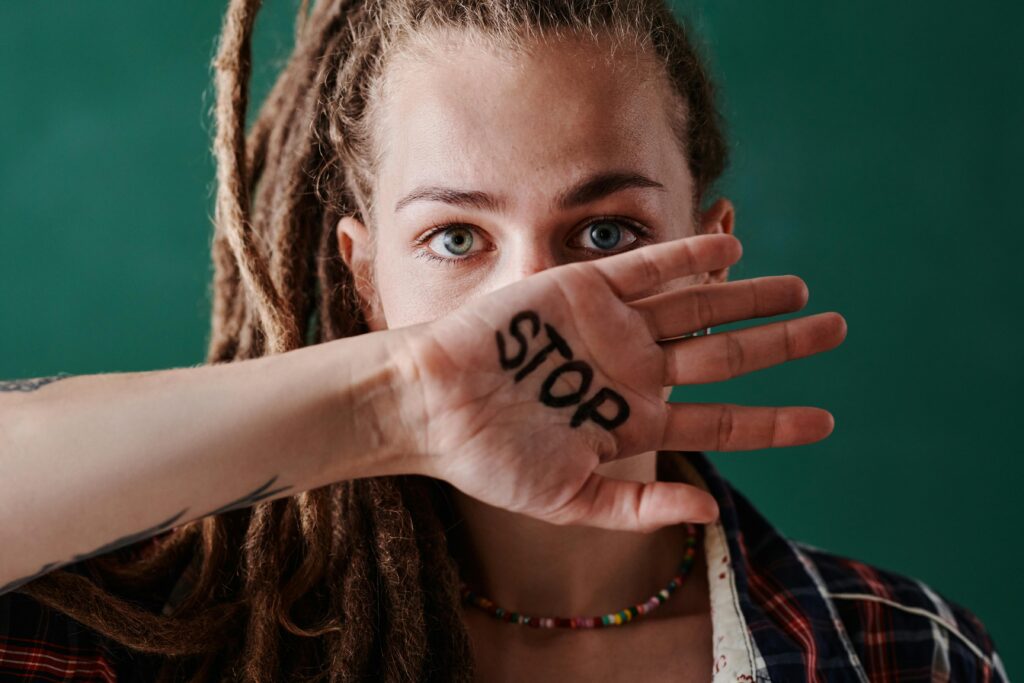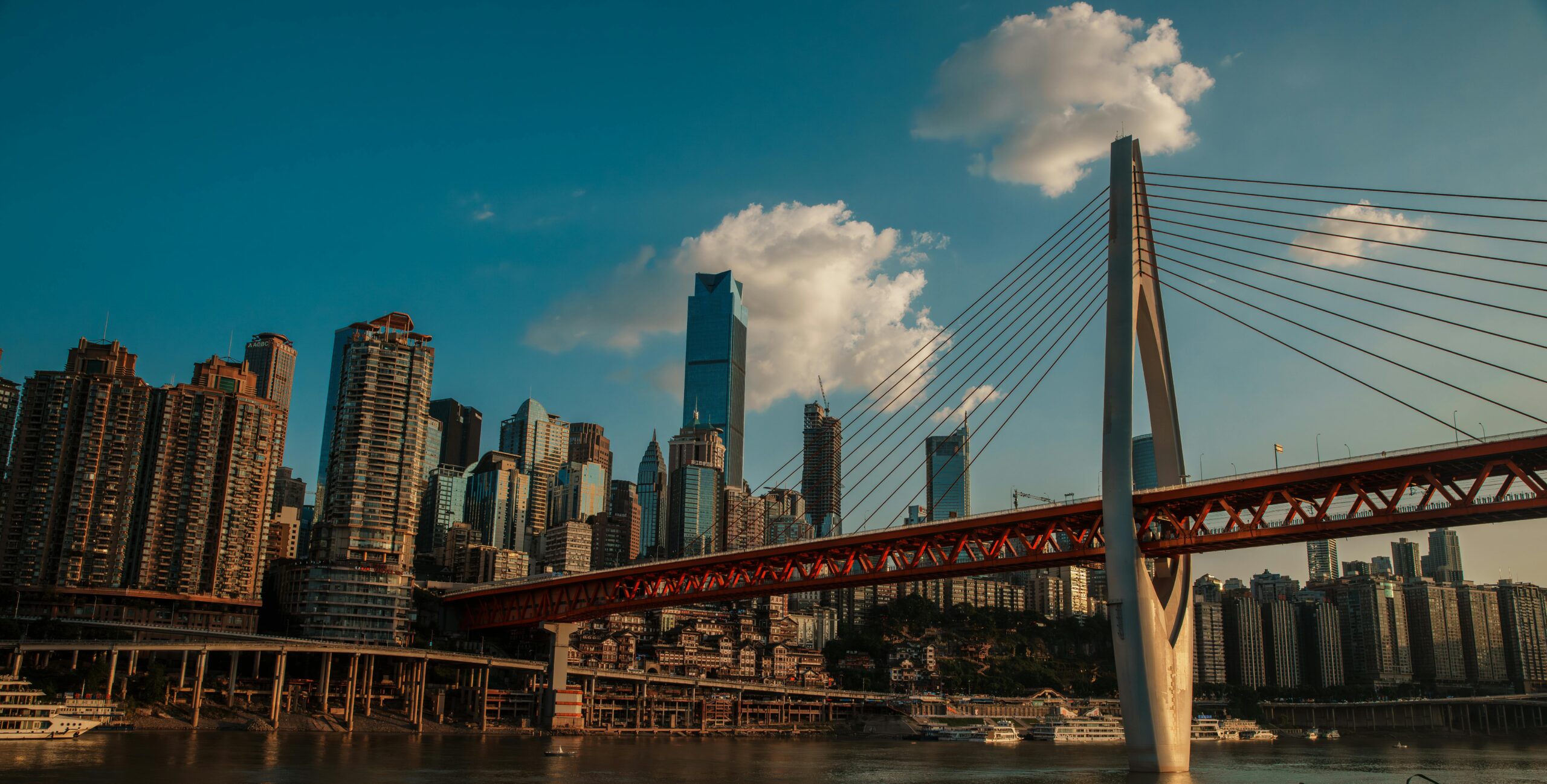In the shadowy underworld of organized crime, few enterprises are as insidious and morally reprehensible as the trafficking of women for forced prostitution. Behind the facade of glitz and glamour portrayed in popular media lies a grim reality of exploitation, coercion, and human suffering endured predominantly by women. Understanding the intricate networks that facilitate forced prostitution is crucial in combating this egregious violation of women’s rights.
Forced prostitution, often euphemistically referred to as sex trafficking, is a lucrative business for organized crime syndicates worldwide. These criminal networks operate with meticulous planning, exploiting vulnerabilities and preying on disadvantaged women. At the heart of this nefarious trade are complex webs of traffickers, pimps, and enforcers who profit from the misery of women.
One of the key aspects of organized crime’s role in forced prostitution is the recruitment process. Traffickers employ various tactics to lure women, including false promises of legitimate work, manipulation, and outright abduction. Vulnerable individuals, such as runaways, migrants, and those living in poverty, are targeted as prime candidates for exploitation. Once ensnared, women often find themselves trapped through physical violence, debt bondage, or psychological manipulation.
These criminal networks extend far beyond mere recruitment. They involve transportation, distribution, and exploitation channels that span across regions and even countries. Sophisticated logistical operations are orchestrated to move victims from one location to another, often across borders, making it difficult for law enforcement to track and intervene.
Furthermore, organized crime relies heavily on corruption to sustain its operations. Traffickers bribe officials, forge documents, and infiltrate legitimate businesses to facilitate their illicit activities. This collusion not only enables the continuation of trafficking but also undermines efforts to combat it.
In the hierarchy of forced prostitution networks, pimps play a central role. These individuals control and exploit women, subjecting them to physical and emotional abuse while reaping enormous profits. Pimps often use violence, coercion, and manipulation to maintain control over their victims, instilling fear and dependency.
The internet has also become a tool for organized crime in the realm of forced prostitution. Online platforms are used for advertising and arranging transactions, providing traffickers with a degree of anonymity and reach previously unimaginable. The digital age has transformed the landscape of exploitation, presenting new challenges for law enforcement and anti-trafficking organizations.
Efforts to combat forced prostitution must address its root causes while dismantling the criminal networks that perpetuate it. This requires a multi-faceted approach involving legislation, law enforcement cooperation, victim support services, and international collaboration.
Legislation plays a crucial role in holding perpetrators accountable and providing justice for victims. Stronger laws targeting both traffickers and those who solicit sex from trafficking victims are essential. Moreover, law enforcement agencies must work together across borders to disrupt trafficking routes and dismantle criminal organizations.
Victim support services are equally important in helping survivors rebuild their lives. This includes access to shelter, healthcare, legal assistance, and psychological support. Empowering survivors to testify against their traffickers is vital in prosecuting criminals and preventing further exploitation.
International cooperation is paramount as trafficking knows no borders. Countries must work together to share intelligence, harmonize laws, and coordinate efforts to combat this global scourge effectively.
As individuals, we can also play a part by raising awareness, supporting anti-trafficking organizations, and advocating for policies that prioritize the eradication of forced prostitution.
In conclusion, understanding the role of organized crime in forced prostitution is essential in tackling this complex issue. By unraveling the networks behind it and addressing the systemic factors that allow it to thrive, we can work towards a world where the exploitation and suffering of women are no longer tolerated. It’s not just a fight against crime; it’s a fight for the dignity and rights of every woman.









